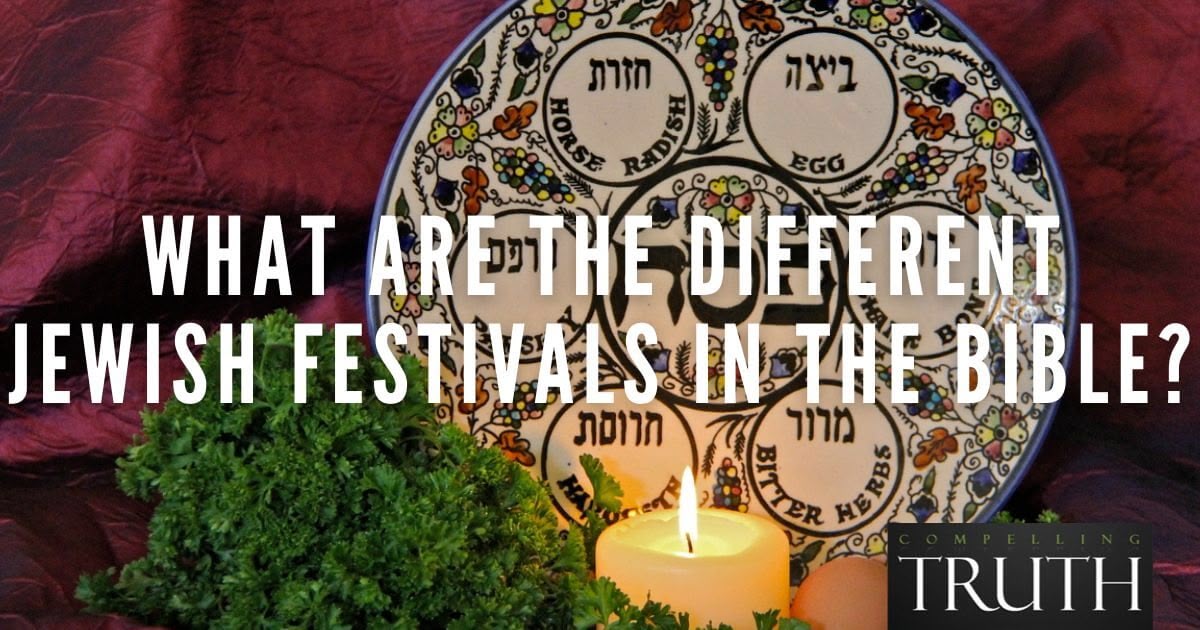The Ketuvim is the third and final part of the Hebrew Bible known as the TaNaK. The Hebrew Bible starts with the Torah, meaning "instruction or law," which is the first five books of the Christian Old Testament also known as the Pentateuch or the Books of Moses. The second part of the Hebrew Bible is the Neviim, meaning "prophets," which contains twenty-one books of the Protestant Old Testament in only eight scrolls. Finally, the Hebrew Bible closes with the Ketuvim, meaning "writings," sometimes called the Hagiographa, which includes the other thirteen books of the Protestant Old Testament in only eleven scrolls in the TaNaK.
The Ketuvim is then broken into three parts of its own. It begins with the Sifrei Emet ("Documents of Truth"), also known as the Poetic Books or Wisdom Literature of Psalms, Proverbs, and Job. The second part is the Hamesh Megillot, meaning "Five Scrolls," that includes Song of Solomon, Ruth, Lamentations, Ecclesiastes, and Esther. Each of these scrolls is traditionally read aloud on a particular holiday— Song of Solomon on Pesach (Passover), Ruth on Shavuot (Feast of Weeks), Lamentations on Yom Kippur (Day of Atonement), Ecclesiastes on Sukkot (Feast of Booths), and Esther on Purim (Feast of Lots). The Ketuvim then closes with three scrolls simply referred to as the Other Books; it includes Daniel, Ezra-Nehemiah (as one scroll), and Chronicles (as one scroll). In this way, the Hebrew Bible contains the same texts as the Protestant Old Testament but with different divisions and in a different order than in Christian Bibles.
This three-part form of the Hebrew Bible with these particular scrolls seems to have been the accepted canon of Scripture in many Jewish circles by the time of the Hasmonean Dynasty about a century and a half before Jesus' incarnation. In fact, Jesus referred to this three-part form of the TaNaK when He said, "These are my words that I spoke to you while I was still with you, that everything written about me in the Law of Moses [Torah] and the Prophets [Neviim] and the Psalms [meaning the Ketuvim] must be fulfilled" (Luke 24:44). In this way, Jesus affirmed these texts as the inspired Word of God and Himself as their fulfilment and climax as the promised Messiah.
Because we know "All Scripture is breathed out by God and profitable for teaching, for reproof, for correction, and for training in righteousness, that the man of God may be complete, equipped for every good work" (2 Timothy 3:16–17), the scriptures contained in the Ketuvim should be accepted in all they teach and believed in all they promise. Whether reading it in Hebrew, English, or any other language, and whether one studies it in the order and divisions of the TaNaK or the organization of the Old Testament in Christian Bibles, the Writings are a vital part of understanding God and His work in this world.
The Ketuvim is then broken into three parts of its own. It begins with the Sifrei Emet ("Documents of Truth"), also known as the Poetic Books or Wisdom Literature of Psalms, Proverbs, and Job. The second part is the Hamesh Megillot, meaning "Five Scrolls," that includes Song of Solomon, Ruth, Lamentations, Ecclesiastes, and Esther. Each of these scrolls is traditionally read aloud on a particular holiday— Song of Solomon on Pesach (Passover), Ruth on Shavuot (Feast of Weeks), Lamentations on Yom Kippur (Day of Atonement), Ecclesiastes on Sukkot (Feast of Booths), and Esther on Purim (Feast of Lots). The Ketuvim then closes with three scrolls simply referred to as the Other Books; it includes Daniel, Ezra-Nehemiah (as one scroll), and Chronicles (as one scroll). In this way, the Hebrew Bible contains the same texts as the Protestant Old Testament but with different divisions and in a different order than in Christian Bibles.
This three-part form of the Hebrew Bible with these particular scrolls seems to have been the accepted canon of Scripture in many Jewish circles by the time of the Hasmonean Dynasty about a century and a half before Jesus' incarnation. In fact, Jesus referred to this three-part form of the TaNaK when He said, "These are my words that I spoke to you while I was still with you, that everything written about me in the Law of Moses [Torah] and the Prophets [Neviim] and the Psalms [meaning the Ketuvim] must be fulfilled" (Luke 24:44). In this way, Jesus affirmed these texts as the inspired Word of God and Himself as their fulfilment and climax as the promised Messiah.
Because we know "All Scripture is breathed out by God and profitable for teaching, for reproof, for correction, and for training in righteousness, that the man of God may be complete, equipped for every good work" (2 Timothy 3:16–17), the scriptures contained in the Ketuvim should be accepted in all they teach and believed in all they promise. Whether reading it in Hebrew, English, or any other language, and whether one studies it in the order and divisions of the TaNaK or the organization of the Old Testament in Christian Bibles, the Writings are a vital part of understanding God and His work in this world.



